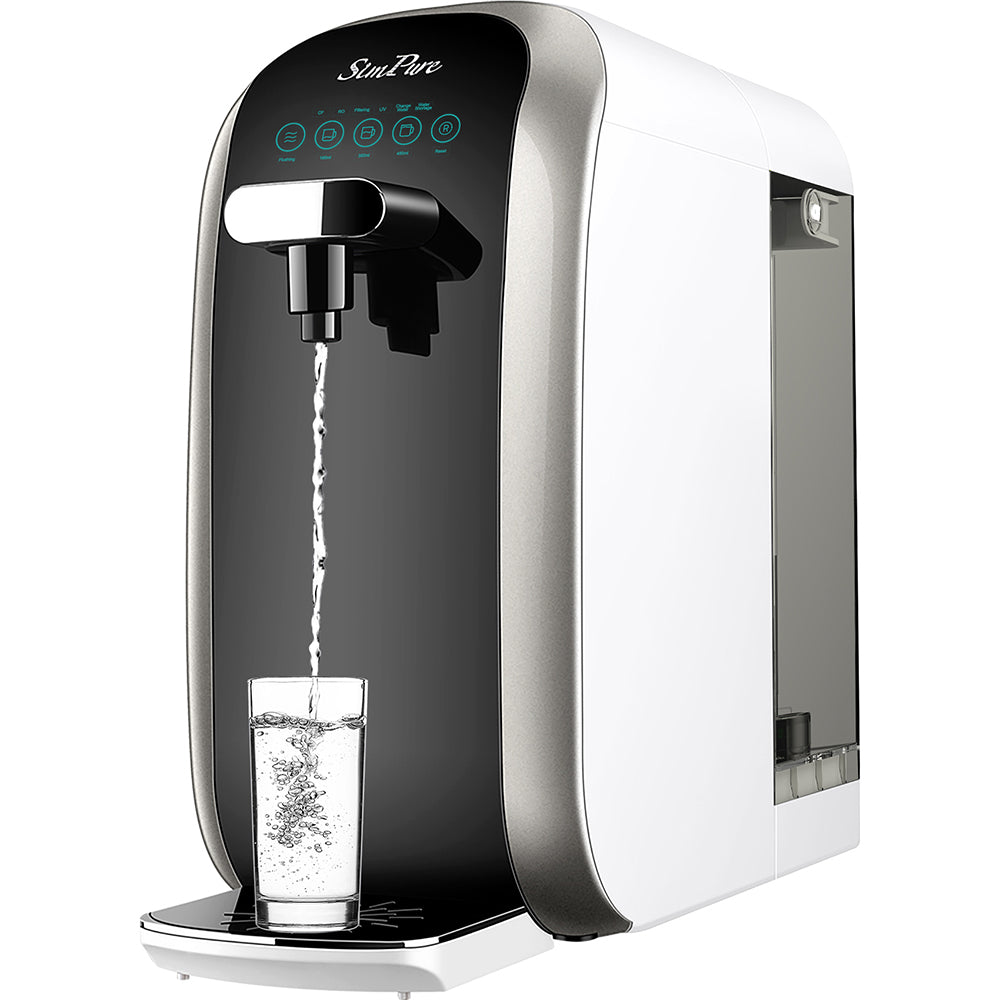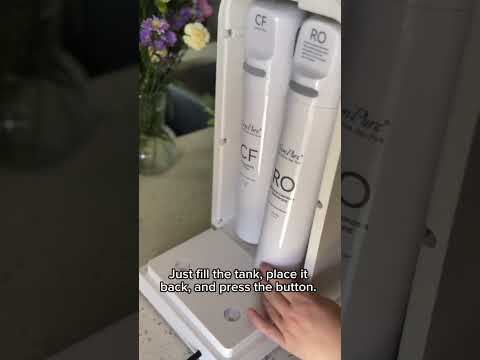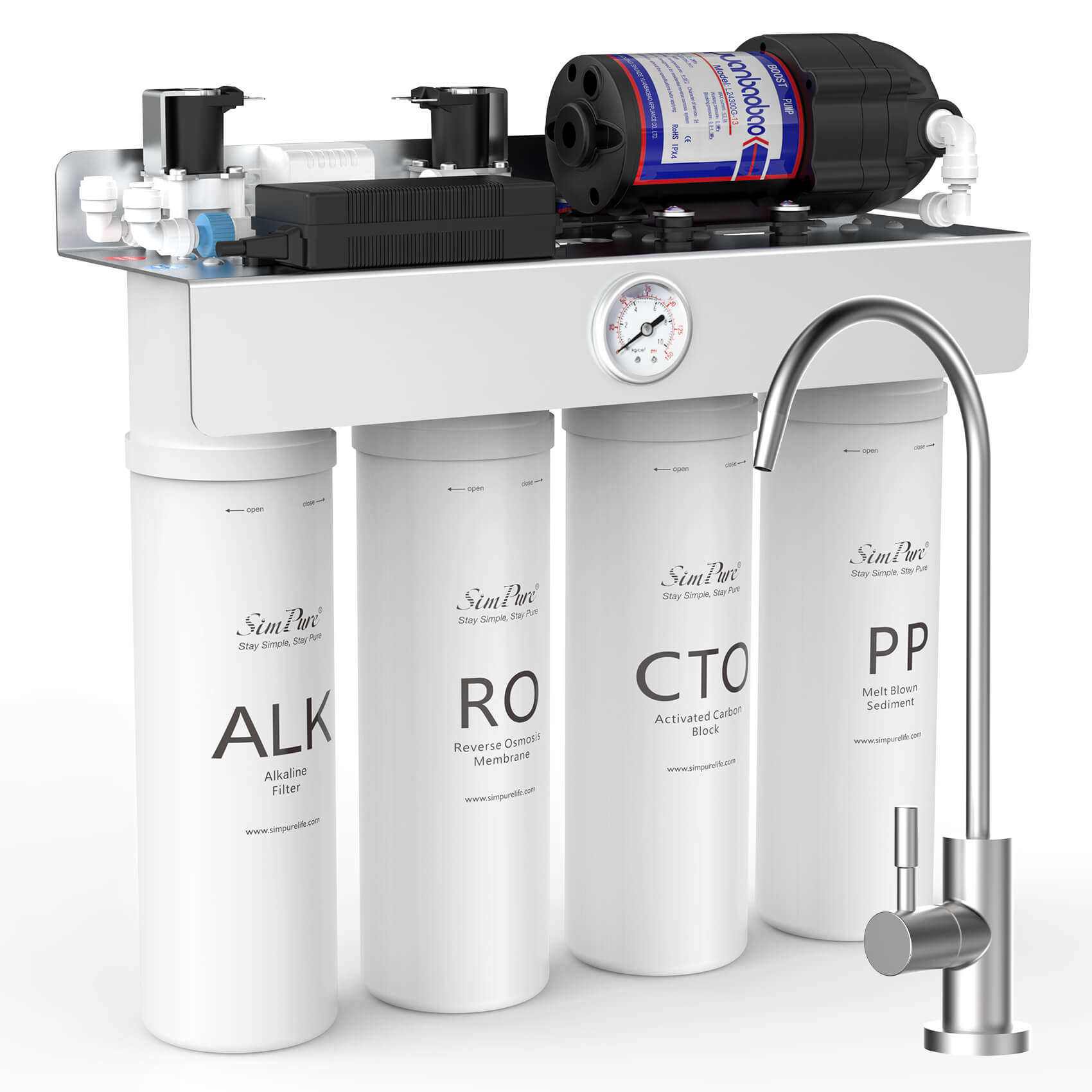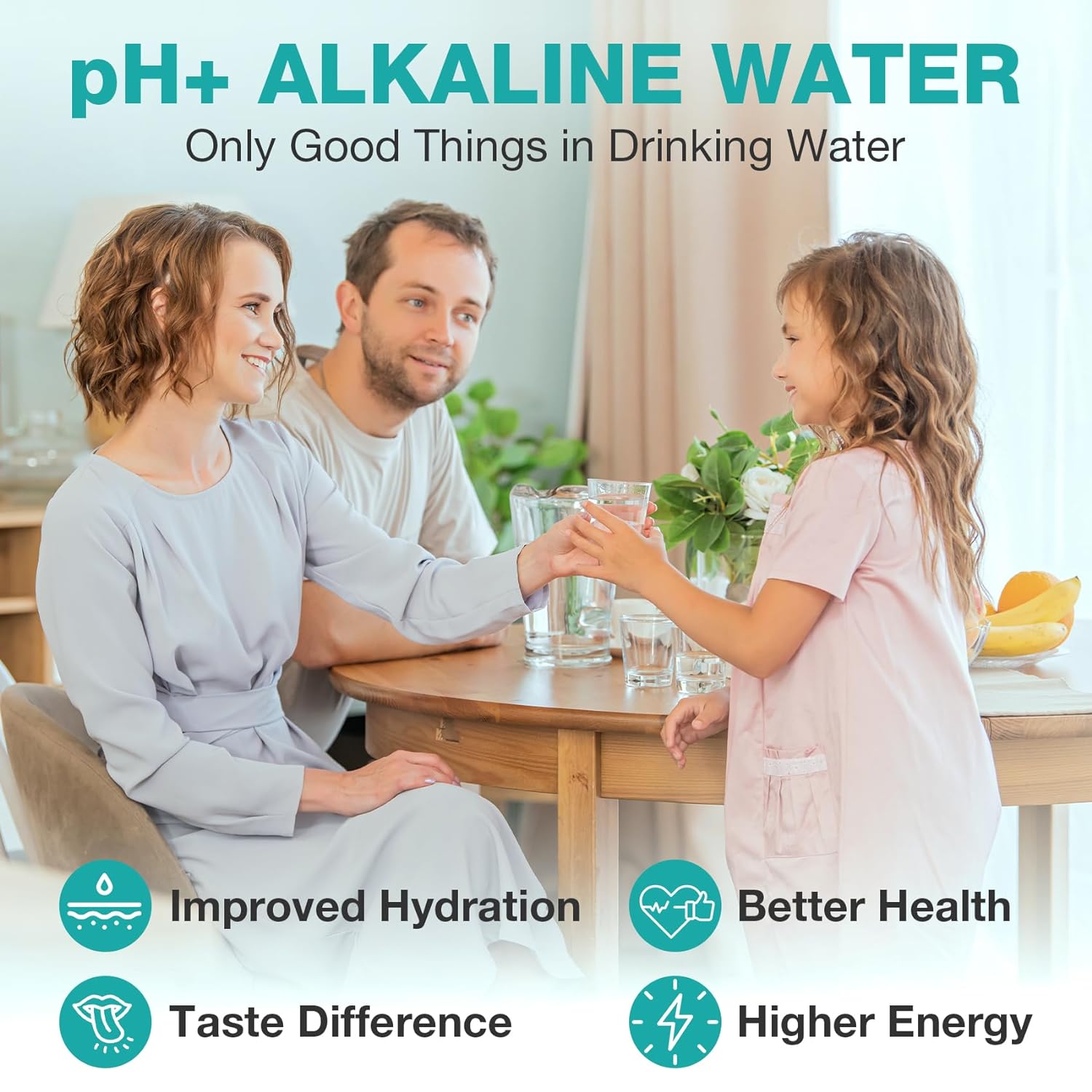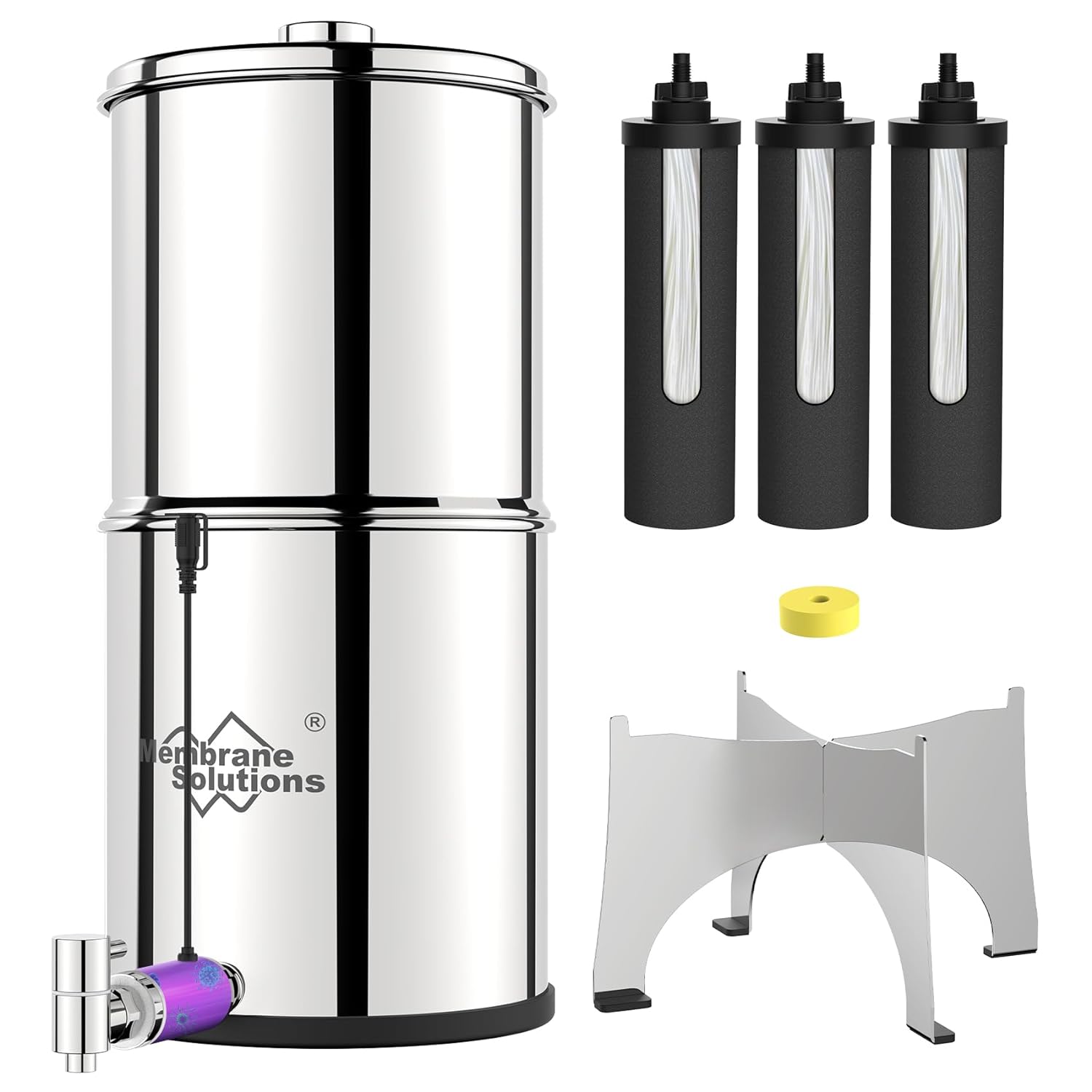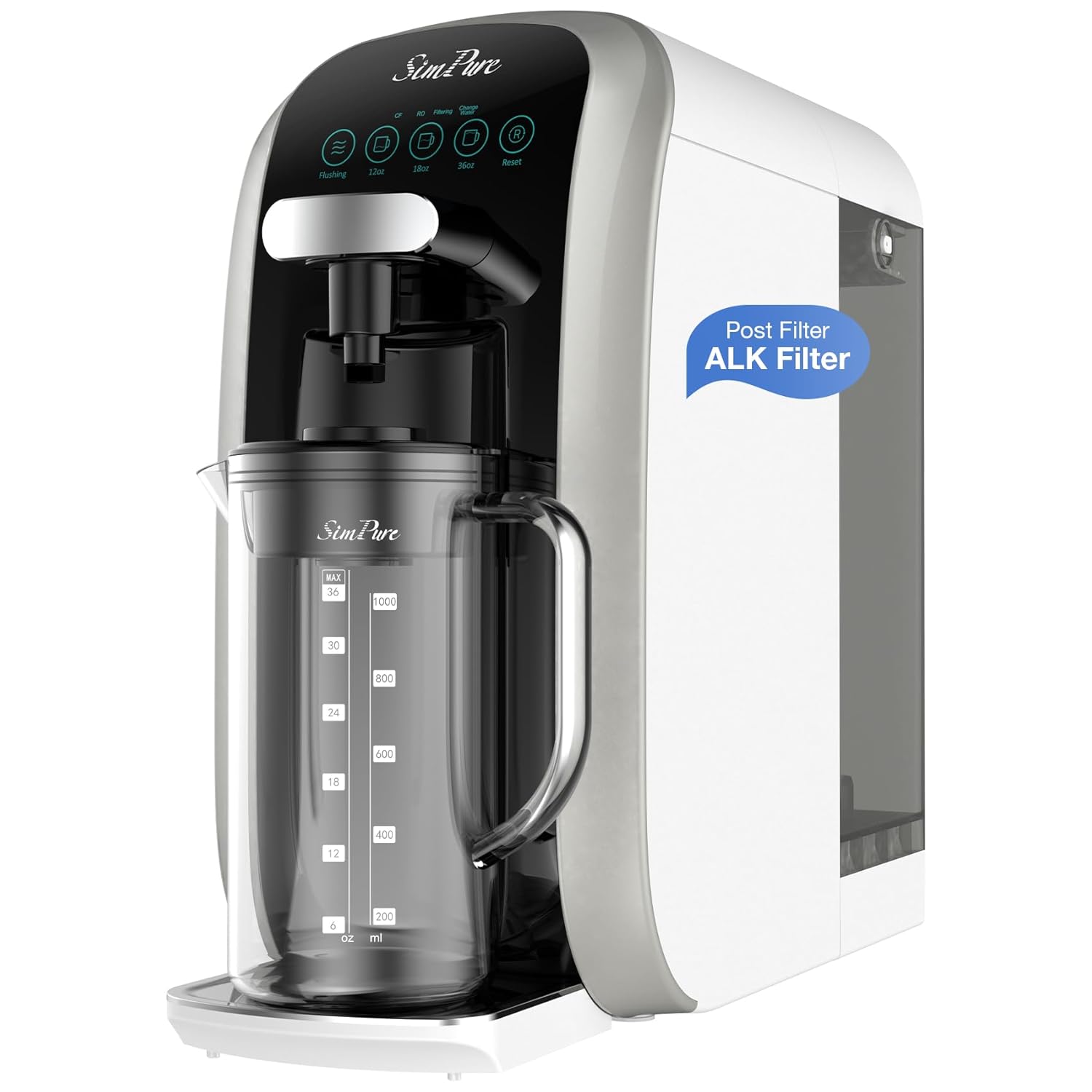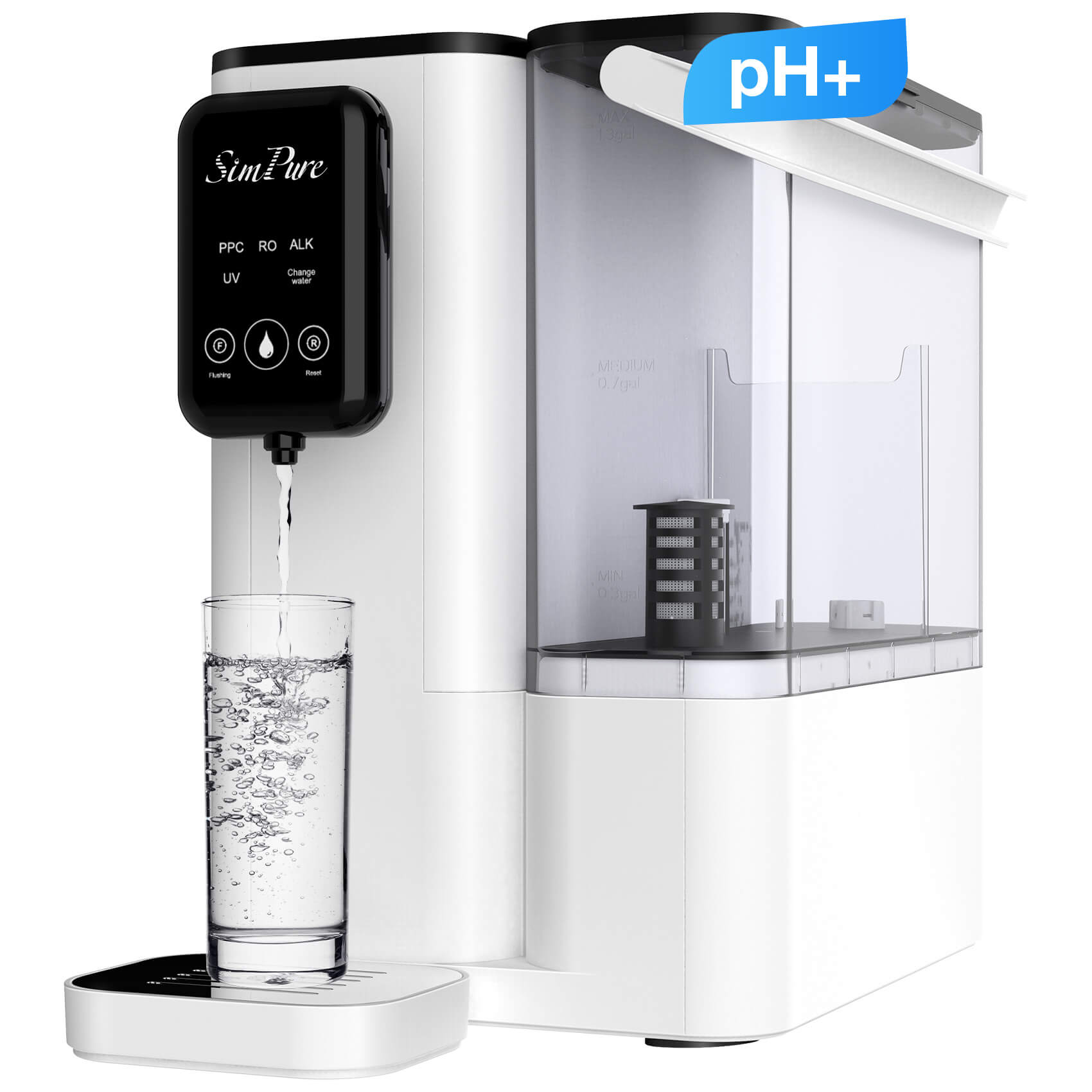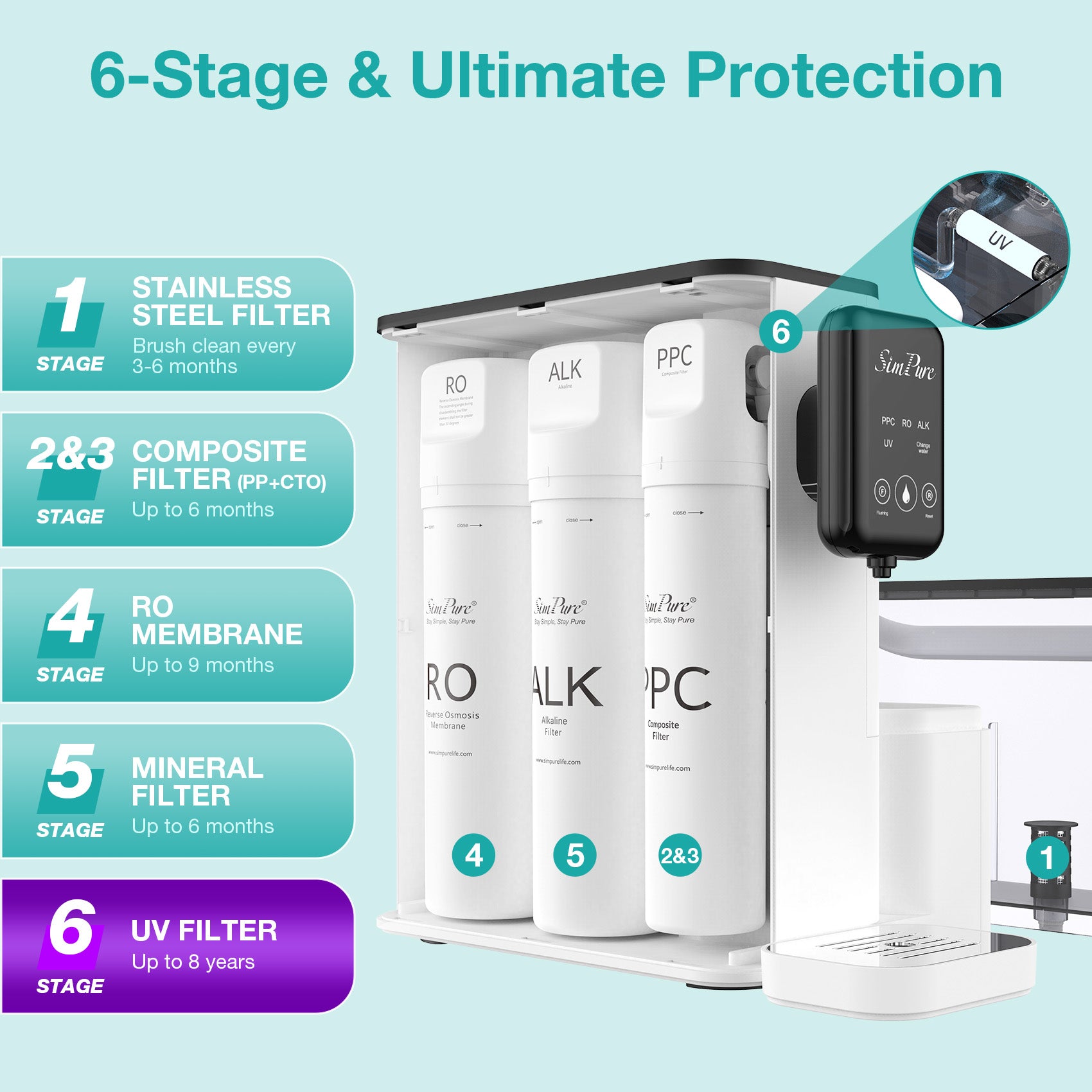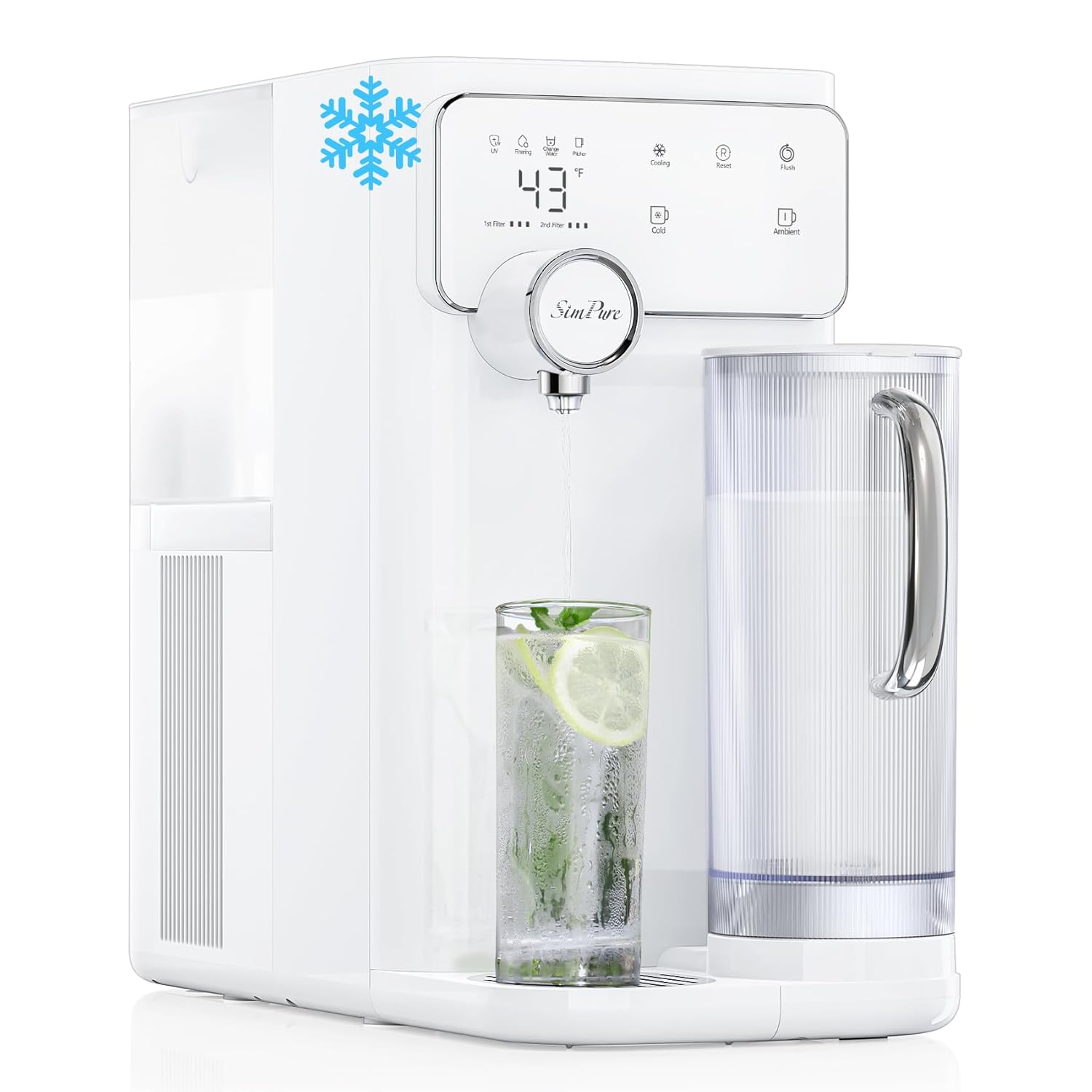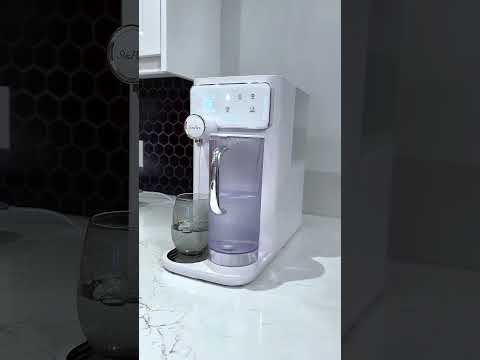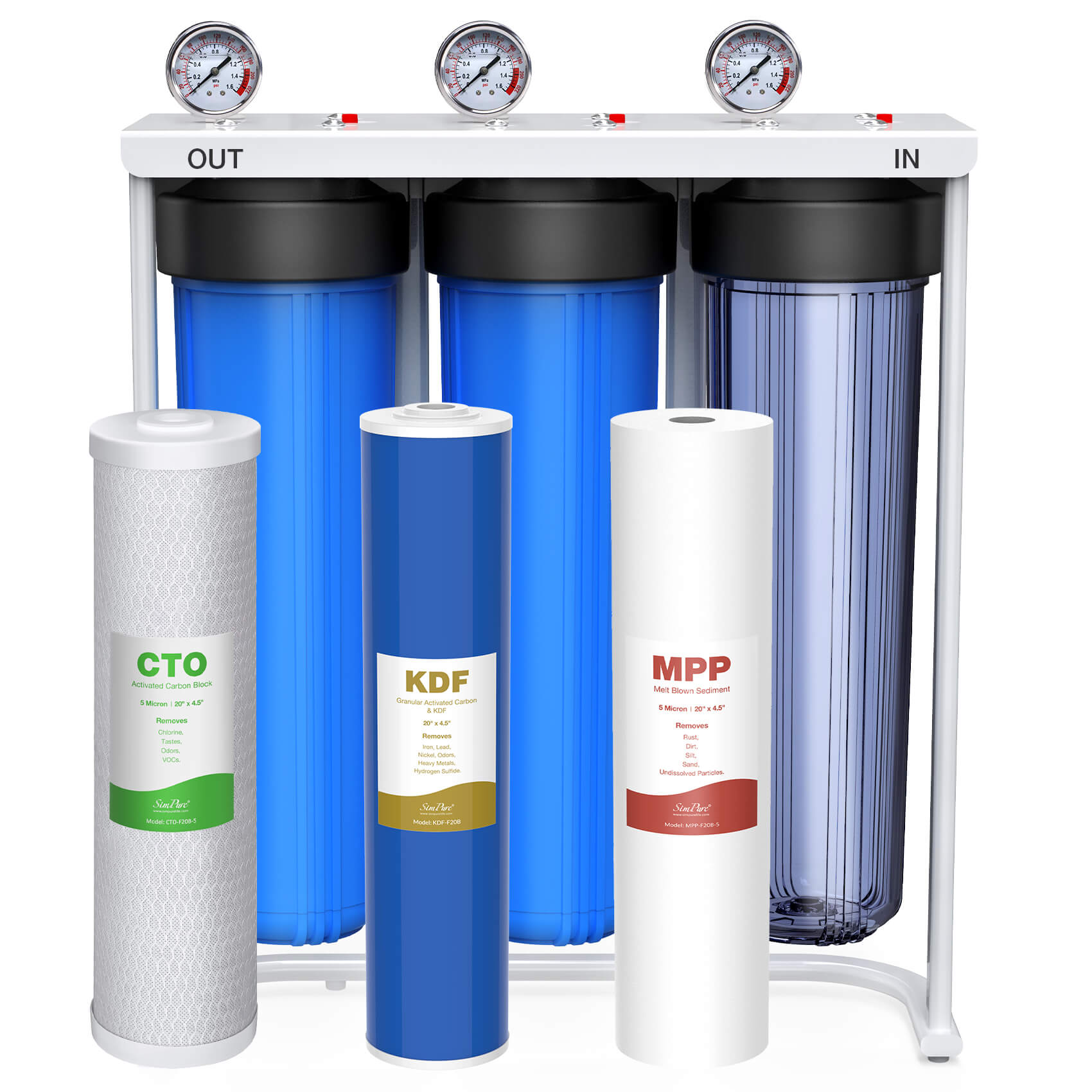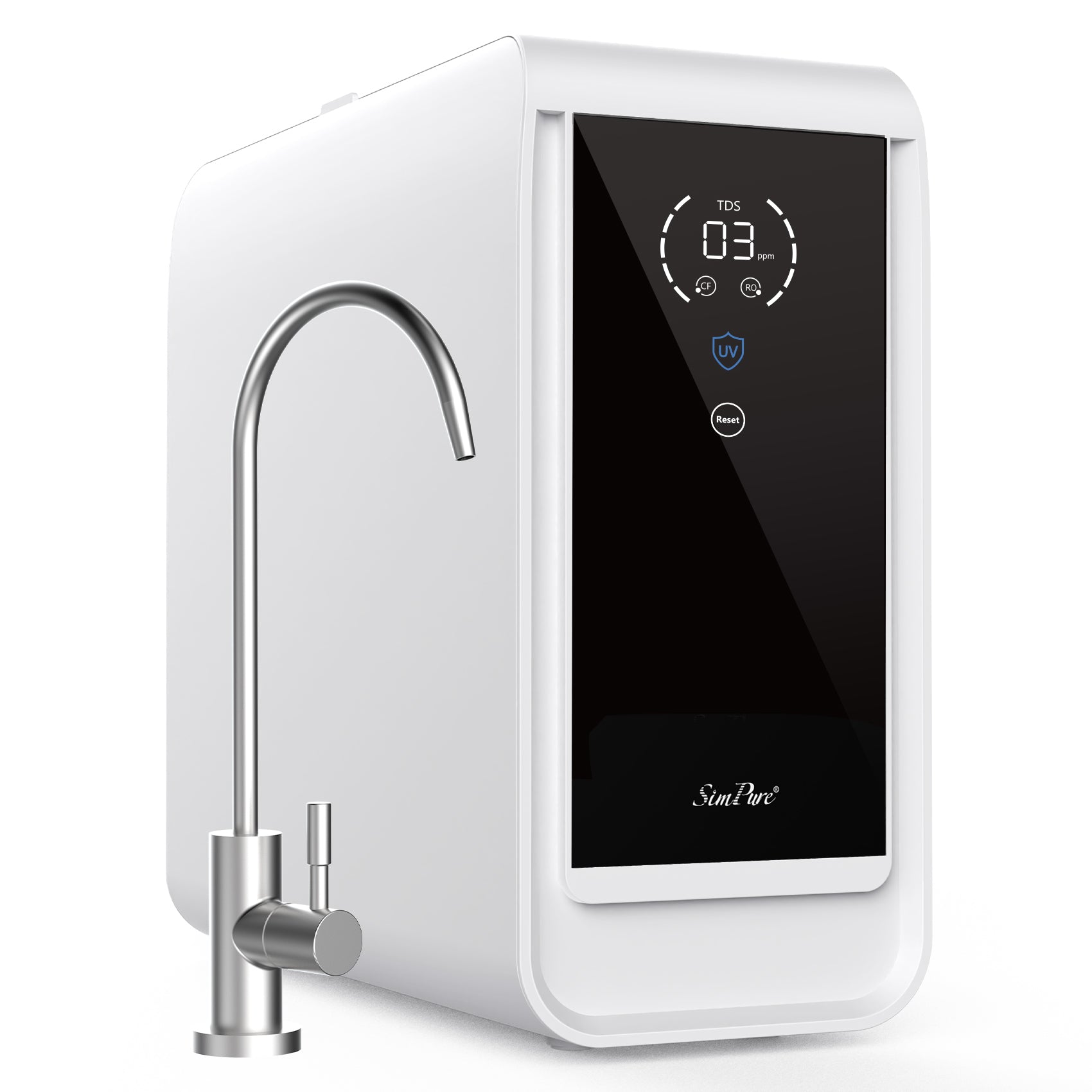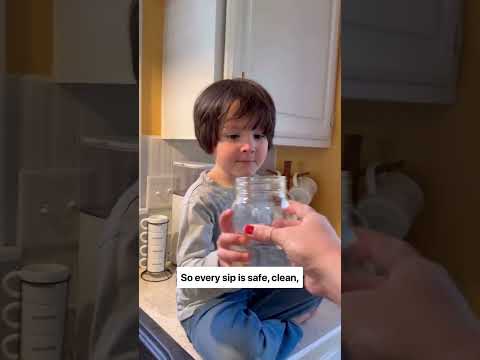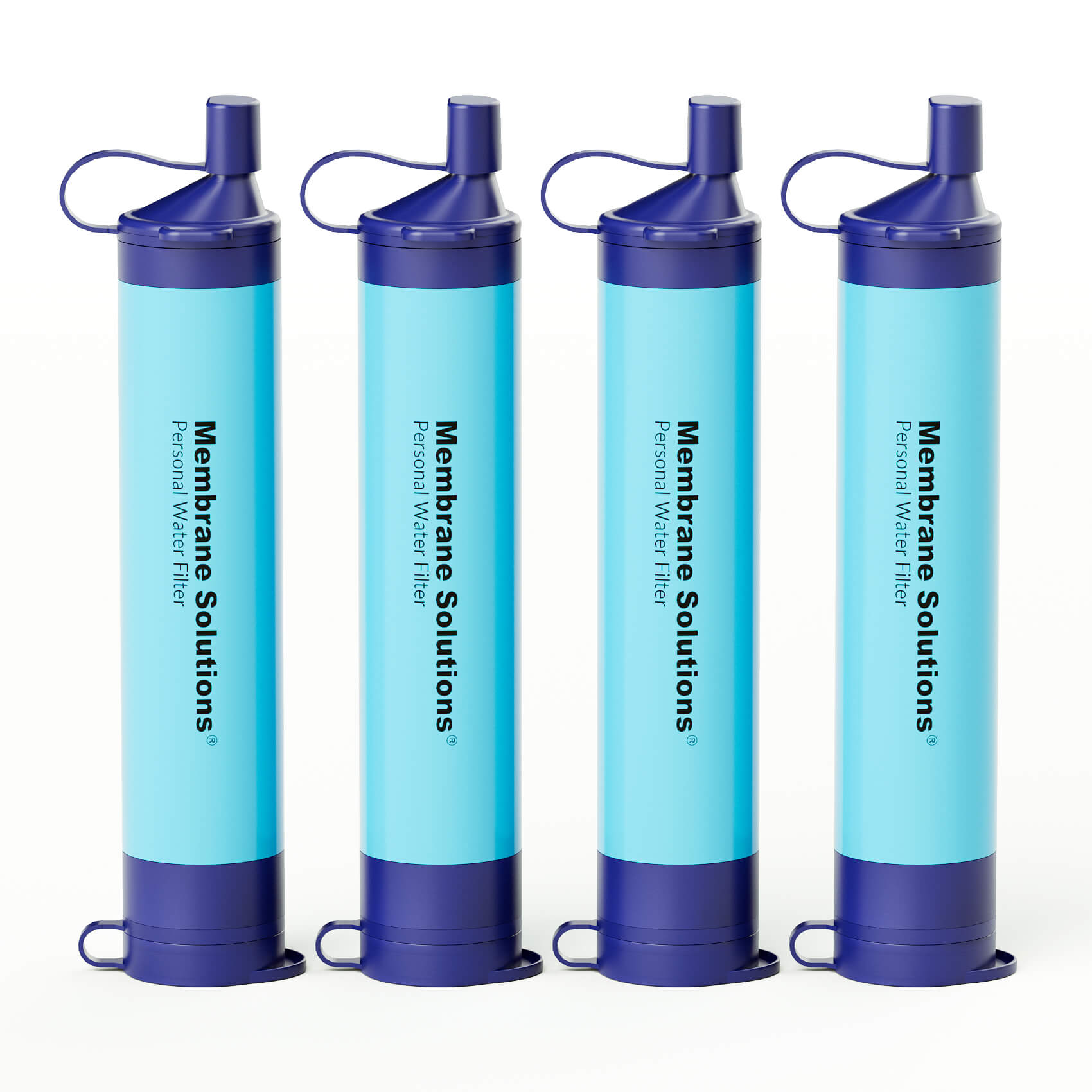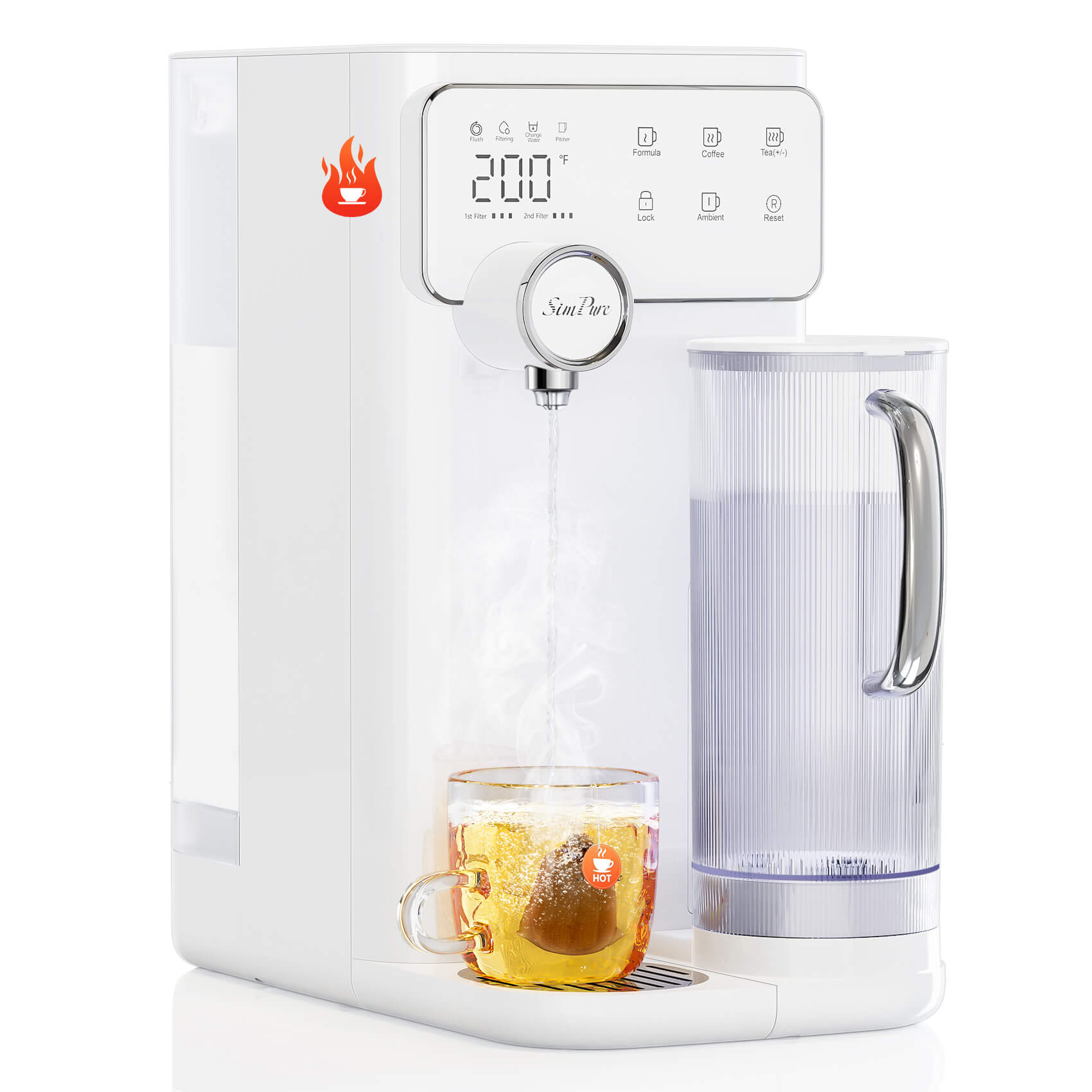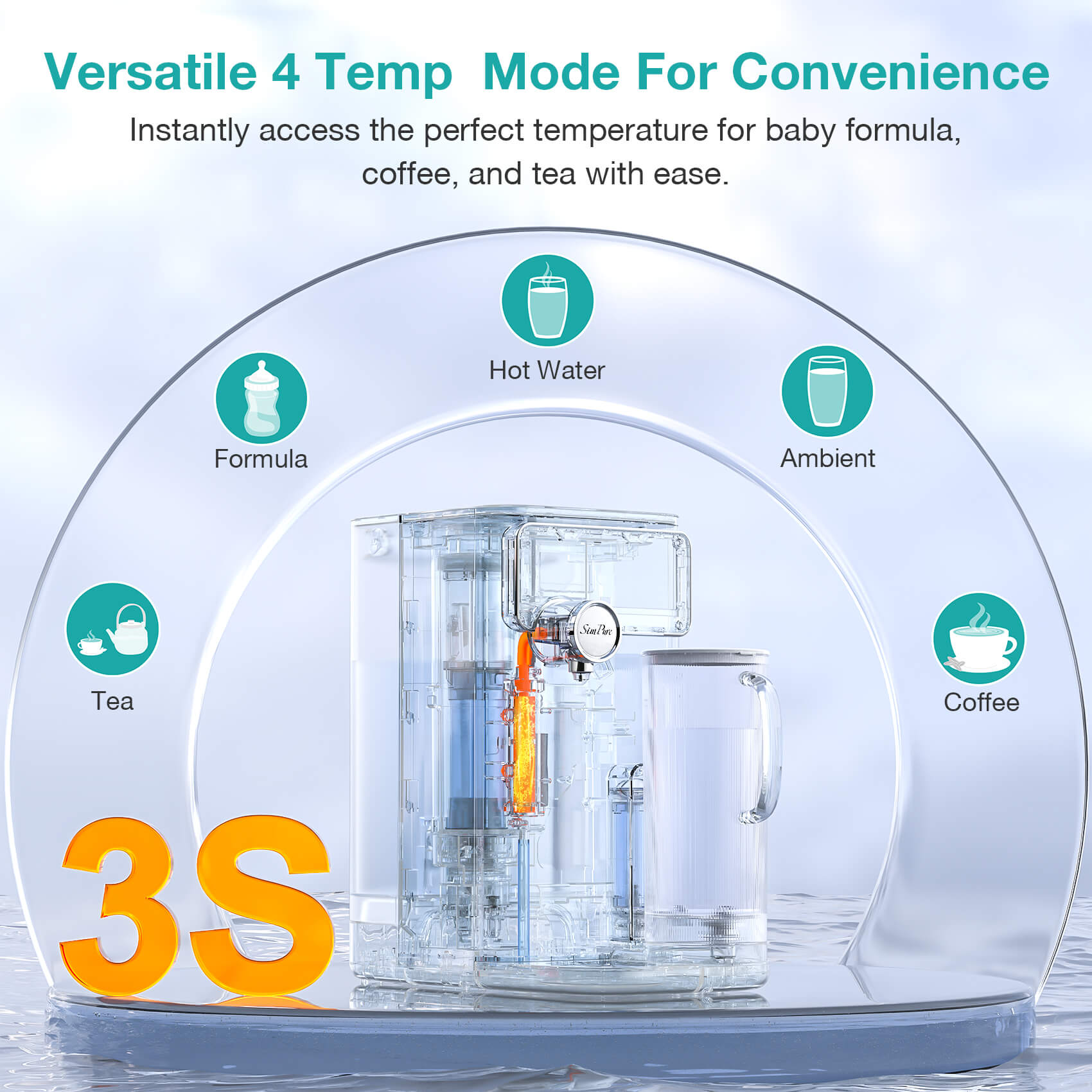Remember the joy of drinking water with your head up and your mouth open in a rainstorm as a child? You should never do that again. That's because rainwater contains a lot of impurities, and these harmful substances can bring some health risks to our bodies. In this article, we will focus on answering your question can you drink rain water, as well as the dangers of drinking rainwater and how to drink it safely.
Can You Drink Rain Water Straight from the Sky?
When you see rain falling from the sky, you might want to stick out your tongue and drink it. But, can you drink rainwater directly? is rain water clean? Is it safe to do this? In the following content, we will answer your question.
Is Rainwater Safe/OK to Drink?
Rainwater contains a lot of impurities, so rainwater cannot be directly drunk. Rain is formed when liquid water on the surface evaporates, suspends, condenses in the air, and finally falls back to the surface. As water vapor floats in the air, it absorbs heavy metals, dust, bacteria, viruses, and other harmful substances. The rainwater that falls will dissolve or carry pollutants in the atmosphere. So, rain water is not that clean to drink. If you drink the rainwater directly, it may cause discomfort to your body.
So What Happens If You Drink Rainwater?
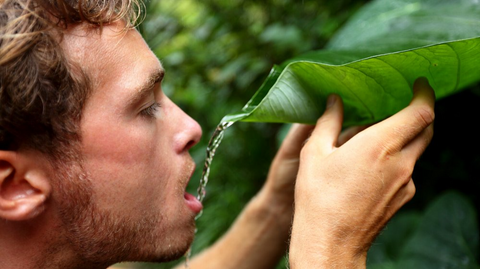
1. Acute or Chronic Poisoning: Contaminated water will reach the human body through drinking or food, which may cause gastrointestinal infection, diarrhea, vomiting, and other diseases. Among them, a large amount of lead, barium, and other elements will also pose a threat to the human body.
2. Skin Diseases: Polluted rainwater may contain harmful chemicals, such as heavy metals, pesticides and chemicals, which may cause skin inflammation, rashes, allergic reactions, and other skin diseases.
3. Respiratory System Diseases: There may be air pollutants and bacteria in rainwater, which may cause respiratory system diseases, such as bronchitis and pneumonia if drunk directly.
4. Nervous System and Liver Damage: Certain harmful chemicals in rainwater, such as heavy metals such as lead and mercury, enter the human body and may cause damage to the nervous system and liver.
5. Carcinogenic Effect: According to relevant statistics, 26 carcinogens, 18 carcinogens, and 45 mutagens have been identified in global water bodies. Different carcinogens will stimulate different cancer cells to different degrees and cause diseases. If residents drink unqualified water containing these substances for a long time, the cancer rate and death rate of people will be greatly increased.
These are all reasons why is rain water not safe for drinking.Therefore, in order to protect your health, it is not recommended to drink rainwater directly, especially in heavily polluted areas. When you wonder about the question is it safe to drink rainwater or can you drink rainwater, we have to say, you'd better not---It is not safe.
Then How to Make Rain Water Drinkable and Safe to Drink?
As mentioned above, rainwater is not directly drinkable. So how do you make rainwater both potable and safe to drink? Below are some specific solutions.
1. Boil
can you drink rain water without boiling it? The answer is still no. The truth is that you have to boil rain water to make it drinkable. Collected rainwater is heated to a temperature of at least 212 degrees Fahrenheit to kill bacteria and viruses in the water. During the boiling process, the temperature of the water continues to rise, and when the water reaches the boiling point, most of the microorganisms in the water will be completely killed. The boiling time should be at least one minute.
2. Filter
Can you filter rainwater to drink? We believe that the answer for many people is "no". In fact, filtration is a common method that can effectively remove many microorganisms and pollutants in water to improve the quality of rainwater. So, how do you filter rainwater for drinking? Here are the specific steps to filter rainwater:
- First, choose an appropriate water filter. For example, a layer of gauze or cotton cloth can be used to simply filter rainwater, or a more advanced ceramic or activated carbon filter can be used.
- Collect rain water and pour it into a water filter. If desired, the rainwater filter can be cleaned of obvious impurities such as leaves, insects or other debris first.
- Make sure the filter and material are clean. If the filter has been used for a period of time, it needs to be cleaned or replaced to ensure its effectiveness.
- Run the rain water through the filter until the rainwater is completely filtered. This may take some time, depending on the type of filter used and the amount of rain.
- If the filter used needs to replace or clean the filter material, it needs to be operated according to the filter's instruction manual. This ensures the effectiveness of the filter and maintains its service life.
- After filtration, another water treatment method, such as boiling or disinfection, can be used to ensure the rain water is of safe quality.
In conclusion, filtering rain water is an effective way to remove many pollutants and microorganisms. With the right filter and operating it correctly, you can improve filtration and make your rainwater safe to drink.
3. Use Chemical Treatments
Bacteria, viruses, and other microorganisms in stormwater can be effectively eliminated by using chemical treatments. Some common chemical treatments are bleach, potassium permanganate, and active oxygen. When using chemical treatments to treat rainwater, they should be added in the proportions specified to ensure thorough mixing, and then allowed to sit in the water for sufficient time. Then, apply other methods, such as filtration or boiling, to ensure the removal of treatment residue and improve water quality. At the same time, safety operating procedures should be followed, and correct protective measures, such as gloves and glasses, should be used to avoid harm to the human body.
4. UV Disinfection
UV disinfection is a technology that uses ultraviolet light to kill microorganisms. Rainwater needs to be properly pre-treated to remove sediment, dirt, and other impurities before UV disinfection. This can be done through the use of filters, sedimentation tanks, or other physical/chemical treatments. The pretreated rainwater is passed through a reactor equipped with UV lamps. UV lamps can emit high-energy ultraviolet rays that can damage cell walls and DNA, thereby killing microorganisms in them. It should be noted that UV disinfection of rainwater cannot remove chemical pollutants such as heavy metals and organic pollutants.
How to Properly Store and Maintain Treated Rainwater?
Now that we know how to purify rainwater, let's take a look at how to properly store and maintain treated rainwater. How long can you store rain water for drinking? How to ensure its quality is protected? Here are some solutions for storing and maintaining treated stormwater:
1. Choosing the Right Water Storage Equipment: Choosing the right water storage equipment is the key to storing and maintaining treated rainwater. For example, choose a water tank or bucket that has a filtration system, UV disinfection, and a valve to prevent mosquito breeding. Make sure the surface of the water storage equipment is clean and free from dirt or contaminants to avoid polluting the water.
2. Regular Cleaning of Equipment: Regular cleaning of filters and water tanks can avoid the accumulation of impurities and bacteria, and ensure that the quality of water meets the standards. It is an important measure to maintain the quality of treated rainwater.
3. Regularly Check Water Quality: Regarding the question " How long can you store rain water for drinking?", this requires regular water quality checks. Regular water quality checks can ensure that treated stormwater is not contaminated. Water quality testing kits can be used to test the water quality and make necessary adjustments and maintenance as needed.
Generally speaking, your question---can you drink rain water that falls straight from the sky? The answer, of course, is no. Rainwater contains a lot of impurities, such as heavy metals, bacteria, and viruses. If these pollutants enter the human body through water or food, they will bring some health risks to the human body. It is unsafe and not ok to drink it directly. Therefore, rainwater must be purified or filtered before it can be used.
Related Questions: Can You Drink Rain Water to Survive Outdoors?
When living outdoors, if there is no other safe water source, rainwater can meet everyone's drinking water needs. However, it is not safe to drink rainwater. As we discussed above, rainwater contains a lot of impurities and bacteria and viruses. We suggest that you should drink filtered and purified water. Here, we strongly recommend our gravity water filter, which can professionally solve your outdoor water needs and ensure that you can obtain pure drinking water anytime, anywhere. Check the following solutions for you:
Membrane Solutions U3P UV Stainless Steel Countertop Water Filtration System offers comprehensive 3-stage filtration, combining a 0.1μm Hollow Fiber UF Membrane, 1μm Activated Carbon Block Filter, and UV Sterilization Module, removing over 1,000 harmful pollutants including viruses and bacteria. With a large 2.25-gallon capacity and durable SUS304 stainless steel construction, it's perfect for on-the-go use. The UV spigot effectively treats water from various sources without electricity or plumbing. Its long-lasting filters provide up to 9,000 gallons of clean water, making it economical and eco-friendly. Portable and easy to set up, it's ideal for outdoor adventures and emergency situations.
SimPure gravity water purifier offers efficient 4-stage filtration, including a 0.1-micron ultrafiltration membrane, making it ideal for filtering rainwater on the go. With a lightweight design and easy setup, it's perfect for outdoor use. The system has a long lifespan, filtering up to 5,000 liters and meeting all-day drinking demands with a speedy flow rate of 27 liters per hour. Additionally, it's versatile, allowing direct drinking from various water sources with an extension tube and can be easily connected to water bottles or life water straws for added convenience.




